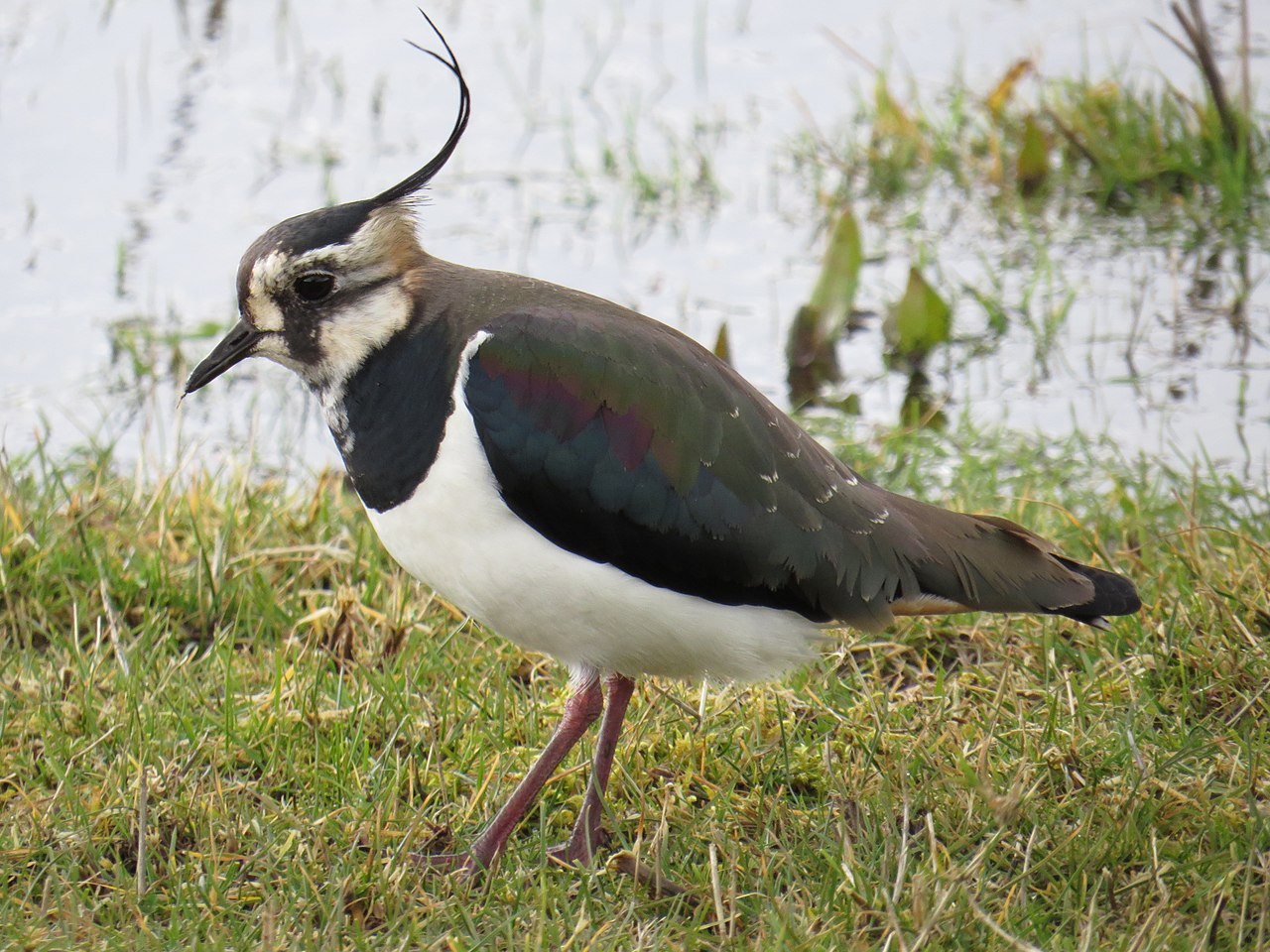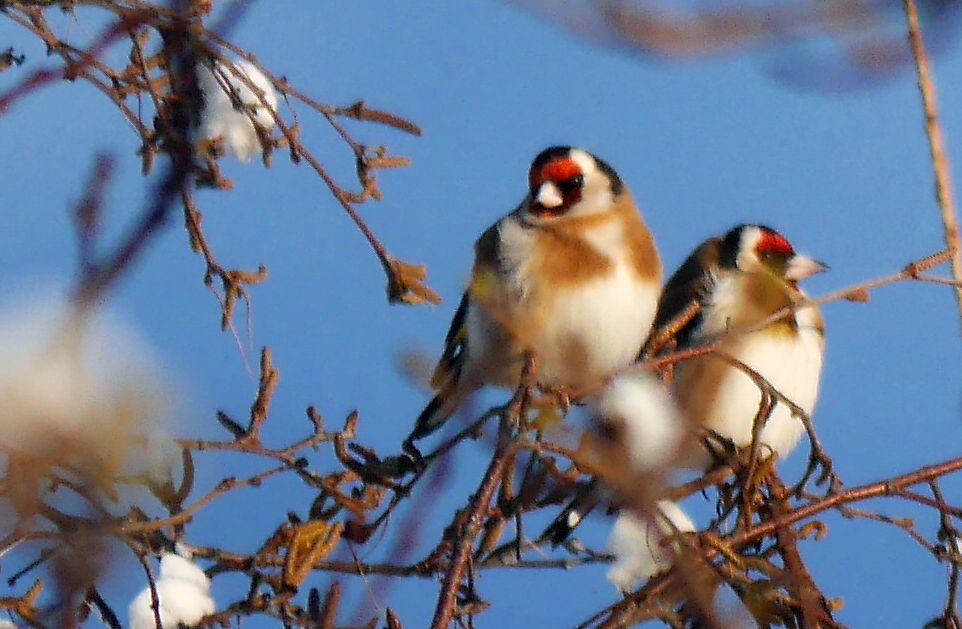Rachel Carsons Den tause våren er her i Malvik, iallefall på jordene rundt Malvik sentrum og Vikhammer, men jeg har ikke kunne lese noe om dette i avisene. For meg som følge tett med naturen og særlig fuglene våre er det dramatisk! For første gang siden jeg flyttet til Malvik i 1981 (43 år) er et av de vakreste sangene HELT BORTE fra lydbildet. Det dreier seg om storspoven, en stor fjære- og dyrkamark tilknyttet fugleart (se videoen helt nederst for å forstå hva som er borte):

Dette er en fugl jeg gleder meg til å høre hver vår når den dukker opp vanligvis i første uke i april og ofte hver dag frem til begynnelsen av juli hører jeg den nede i Malvikbukta eller trekkende over huset mot Vikhammer. Den etterhvert eneste par i Malvik kommunen har letet etter mat både på dyrkamark og i fjæra, nedenfor huset mitt i Malvikbukta og på Vikhammer. I år var ankomsten rekord tidlig og jeg hørte sangen allerede 29. mars, men det er blitt helt stille siden, noe som gir meg stor natursorg. Hva som er årsaken til dette vet jeg ikke sikkert, men nedbygging av dyrkamark på Vikhammer, økt ferdsel i fjæra der og motorveiutbyggingen ved Leistad jordene der det mistenkes at fuglene har hekket i en årrekke har sikkert alle bidratt. Jeg har vært urolig for at dette kunne skje i flere år. Vi mistet en annen fugl tilknyttet dyrkamark for ca 8 år siden – vipe, en art som er nå regnet som kritisk truet i Norge . Ifjor 8. august oppdaget jeg noe merkelig i at en ung storspove satt på et hustak nedenfor huset mitt i Malvik sentrum mens foreldrene letet etter mat på mudderflatene nedenfor (video)! Forhåpentligvis blir ikke dette den siste storspove-unger i Malvik….

Jeg savner stort lyden av storspove og vipe! Jeg savner også sangen av låvesvalen over hagen min, en art som nå er helt bort som hekkefugl fra Malvik til Hundhamaran siden det ikke lenger er hekkeplasser å oppdrive for arten, stæren har også blitt en sjeldenhet og gulspurv er kommet på rødlista som sårbar. Nedbygging av dyrkamark på Vikhammer kan også truer det største overnattingsted for kaiene (en liten kråkefugl) slik jeg har skrevet om tidligere. Fellesnevnen for alle disse artene er at de er tilknyttet dyrkamark og er avhengig av vår hjelp!
KONKLUSJONEN: DEN TAUSE VÅREN HAR ALLEREDE KOMMET TIL MALVIK…
Til slutt en liten minne av storspove sang tatt fra huset mitt i Malvik like før soloppgang 20. april 2020 der man kan høre en rekke andre fuglearter i hagen like før soloppgang! Jeg håper at politikerene i Malvik gjør alt mulig for at dette er noe fremtidig generasjoner også vil kunne glede seg til!






